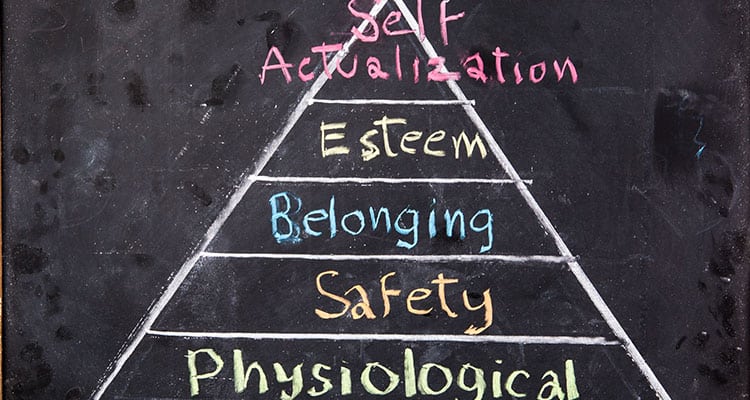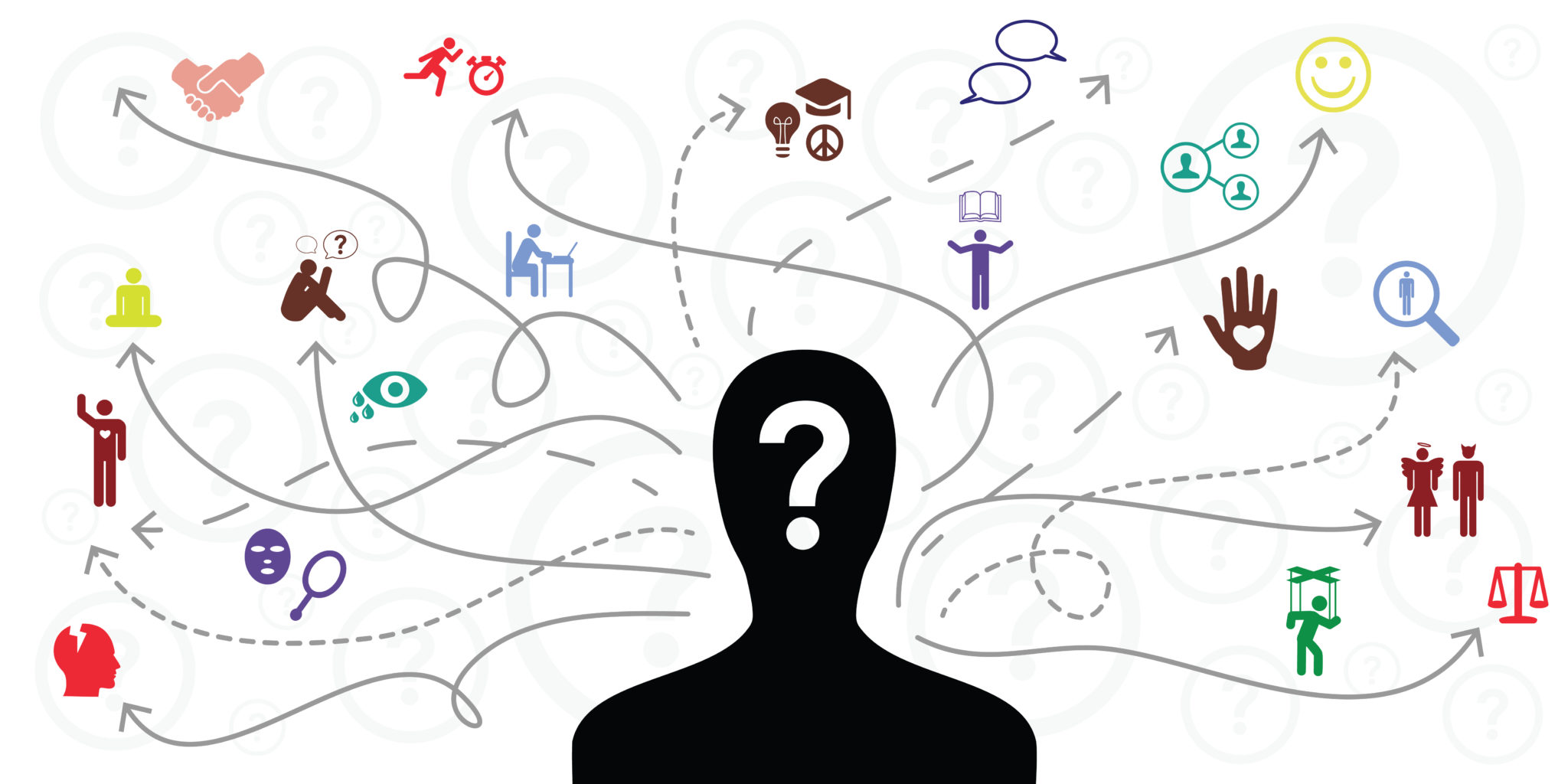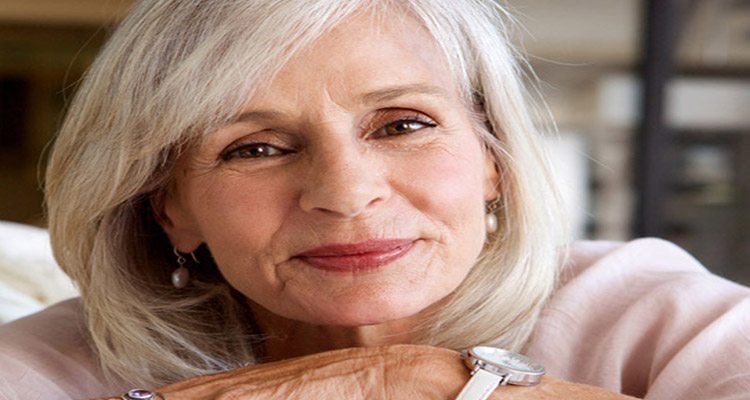Maslow’s Hierarchy of Needs: The Human Motivation Theory

[tps_header][/tps_header]
[tps_footer][/tps_footer]
Have you wondered what motivates human behavior, let alone influences it? This is where Abraham Maslow’s Hierarchy of Needs comes in. It is basically a theory of motivation, suggesting that a person’s actions are greatly motivated in order to meet his/her needs. Apparently, this theory in psychology comprises a five-tier model of human needs (detailed below), which is usually depicted as hierarchical levels found within a pyramid.

The History of Maslow’s Hierarchy of Needs
It was in 1943 that Maslow first introduced the concept of hierarchy of needs in a paper titled, “A Theory of Human Motivation.” Later on, he dealt further about the concept in his book “Motivation and Personality.” According to Maslow, people tend to get motivated to achieve basic needs before moving on to more advanced needs. Most existing schools at his time dealt with psychoanalysis and behaviorism. And while they solely focused on problematic behaviors, Maslow appeared to have more interest in learning the reason behind a person’s happiness. In other words, what makes human truly happy and what do they do to achieve it.
Maslow was a humanist by heart, and thus believed that individuals have an innate desire to be self-actualized. The latter, for the lack of better term, means “to be all they can be.” But for these goals to be achieved, a plethora of more, advanced needs should be set. This may include, but not limited, to food, love, safety, and self-esteem.
Understanding Deficiency Needs vs. Growth Needs
For Maslow, these needs are akin to instincts; hence they play a huge role in motivating a person’s behavior. Deficiency needs are security, social, and physiological, among others. It is crucial for these lower-level needs to be satisfied; otherwise, unpleasant feelings or consequences may surface. The highest level of the pyramid, on the other hand, is the growth needs. These are those that do not root from a lack of something but are rather a desire to grow as an individual.
It holds true that Maslow’s hierarchy of needs is generally portrayed as a hierarchy that is somehow fairly rigid. It is even noteworthy that the order in which the aforementioned needs are fulfilled does not necessarily follow a certain standard of progression. For example, most, if not all, individuals find the need for love as something that is more important than creative fulfillment. The same thing can be said for those who see advanced needs as great motivational factored as compared to basic needs.
Original Hierarchy of Needs
Below is the original hierarchy of needs, which is a five-stage model that includes the following:
Physiological Needs – these refer to biological requirements needed for human survival, such as air, clothing, drinks, food, sleep, and sex. Marlow suggested that if either one of these needs is not satisfied, a person may not function on an optimal capacity. For him, physiological needs are the most important, with the remaining the other being secondary.
Safety Needs – this one here is simply the protection from elements, freedom from fear, law, order, stability, and order.
Love and Belongingness Needs – once the aforementioned needs are fulfilled, the third level of human needs is social. It also involves the feeling or sense of belongingness. Apparently, the human need for interpersonal relationships significantly motivates one’s behavior. This could be anything from acceptance to friendship to intimacy to trust to love. This explains why individuals desire to be part of a family or group.

Esteem Needs – Here, Maslow had two different categories: esteem for oneself and the desire for reputation or respect. The former may refer to achievement, dignity, and independence), while the latter is all about prestige and status, among others. Maslow argued that the need for respect or reputation is especially important for children and adolescents, as it leads to dignity or real self-esteem.
Self-Actualization Needs – The last level of Maslow’s hierarchy of needs is simply the person’s realization of personal potential and self-fulfillment as well as the need for personal growth and peak experiences.
Why the Hierarchy of Needs Quite Influential?
Maslow’s hierarchy of needs faced various criticisms in the past (actually, even today), with some being skeptical about his concept. However, many believe that it is an important and much-needed shift in the realm of psychology. Aside from focusing on a person’s abnormal behavior and development, this humanistic approach was deeply focused on the very development of a healthy individual. And although there was little research supporting Maslow’s theory, the hierarchy of needs has become a staple in psychology. In fact, researchers from across the globe have been using this concept every now and then to fully grasp an understanding of a person’s behavior and individuality.











